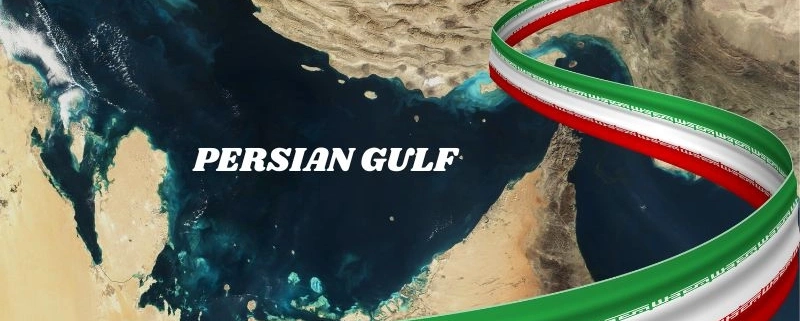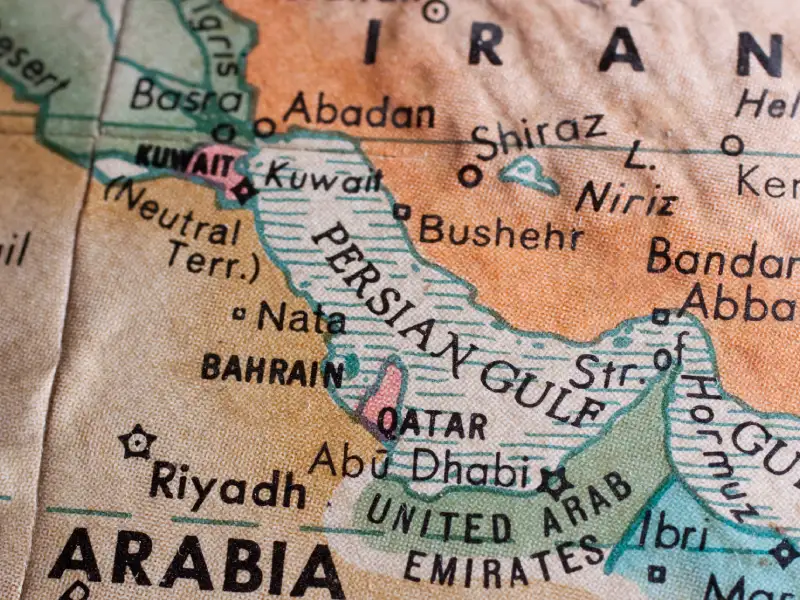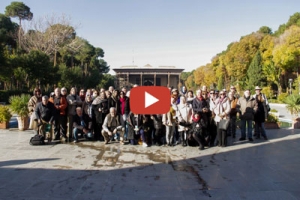Trump Renames Persian Gulf?
During a recent publication of an Associated Press (AP) report on Wednesday, May 7, US President Donald Trump used the term “Arabian Gulf” instead of the historically accepted “Persian Gulf.” He announced that he will be revealing his preferred term for the Persian Gulf during an upcoming visit to the region. This anticipated announcement is linked to his trip to the Middle East next week, where he plans to meet with officials from Saudi Arabia, Qatar, and the United Arab Emirates. Sources indicate that discussions about this change are still in progress, and it remains uncertain when exactly Trump will make his statement.
When reporters inquired about the name change during an event in the Oval Office, Trump responded that he will “need to make a decision” while he is on his Middle East trip next week. By using their preferred name, Trump communicated a shift in U.S. support, increasing tensions between Iran and its Arab neighbors. Many Iranians saw this name change as an effort to distort history and provoke their national pride.
Where Is Persian Gulf?
The Persian Gulf is a shallow inland sea between the Arabian Peninsula and southwestern Iran. Stretching approximately 990 kilometers (615 miles) in length and varying between 56 to 338 kilometers (35 to 210 miles) in width, this strategic body of water connects to the Arabian Sea through the Strait of Hormuz, a key maritime route where a large part of the world’s oil supply is transported.
Surrounded by eight countries—Iran to the northeast, and Iraq, Kuwait, Saudi Arabia, Bahrain, Qatar, the United Arab Emirates (UAE), and Oman to the west and south—the Persian Gulf occupies a central position in the global energy economy. This geographic significance is strengthened by the vast reserves of natural oil and gas located both onshore and offshore in the surrounding territories. The Gulf’s strategic position and resource wealth have made it a focal point for international politics, trade, and military presence for decades.
Persian Gulf Map
Examining a map of the Persian Gulf reveals not only its physical shape but also its geopolitical complexity. The Gulf extends from the Shatt al-Arab waterway in the northwest to the Strait of Hormuz in the southeast. The northern coast is dominated by Iran, with major cities like Bandar Abbas and Bushehr facing the waters. The southern coastline features an intricate patchwork of Arab states with long-standing maritime traditions and modern skylines, like Dubai in the UAE and Doha in Qatar.
What also stands out on the map is the proximity of these countries to one another, contributing to a mix of cooperation and conflict in the region. The narrow Strait of Hormuz, just 33 kilometers (21 miles) wide at its narrowest point, is of particular strategic concern; it is the world’s most critical oil transit chokepoint.
Any disruption here can ripple across global energy markets. Additionally, the map highlights the concentration of offshore oil fields and shipping routes that render the Persian Gulf a focal point for both economic opportunities and geopolitical tension.
Persian Gulf History
The Persian Gulf’s history stretches back thousands of years and is intricately linked to the rise and fall of empires. From the ancient Elamites and Sumerians to the mighty Achaemenid Empire of Persia, the region has always been a cradle of civilization. For centuries, the Gulf served as a vital maritime link between the East and the West. Its waters were once plied by Persian and Arab sailors trading spices, pearls, silk, and dates across the Indian Ocean and beyond.
European colonization in the 16th century marked a turning point. The Portuguese, British, and Dutch vied for control over trade routes, and by the 19th century, the British had established dominance over many Gulf coastal areas, shaping modern political boundaries.
The discovery of oil in the early 20th century transformed the Gulf once more, shifting it from a hub of trade and pearling to a critical source of global energy. The Persian Gulf’s history demonstrates its lasting strategic and economic importance, shaping regional politics and identity.
Persian Gulf Countries
The countries bordering the Persian Gulf are diverse in culture, politics, and economic structures, yet united by geography and shared reliance on hydrocarbon resources. On the eastern side lies Iran, a country with a rich historical legacy and a central role in regional politics. To the west and south are Iraq, Kuwait, Saudi Arabia, Bahrain, Qatar, the United Arab Emirates, and Oman.
Each of these nations plays a distinctive role in the geopolitical landscape. For example, Saudi Arabia and the UAE are major oil producers with ambitious economic diversification plans under Vision 2030. Qatar, despite its small size, wields global influence through its natural gas exports and media presence via Al Jazeera.
Bahrain hosts the U.S. Navy’s Fifth Fleet, reflecting its strategic military importance. Kuwait and Iraq are still navigating post-war recovery and regional diplomacy, while Iran remains a powerful force with a unique political and religious system that often places it at odds with its neighbors.
Persian Gulf or Arabian Gulf?
The naming dispute between “Persian Gulf” and “Arabian Gulf” has been a source of diplomatic tension for decades. Historically, “Persian Gulf” has been the internationally recognized term, appearing in Greek texts as early as the 5th century BCE and in numerous official documents, treaties, and maritime charts over centuries. Iran staunchly defends this name as a core part of its national heritage and identity.
However, since the mid-20th century, particularly after the rise of Arab nationalism, some Arab states began promoting the term “Arabian Gulf.” This shift was partly a political response to Iran’s regional ambitions and also a move toward Arab unity. While many global institutions, including the United Nations, continue to use “Persian Gulf,” the alternative name is frequently used in Arabic-language media and among Gulf Arab states.
Iranian Reactions to Renaming of Persian Gulf
Iran’s reaction to any attempt to rename the Persian Gulf has consistently been swift, vocal, and unequivocal. Iranian officials, historians, and citizens across the political spectrum view such moves as a direct affront to their national identity and historical legacy. Iranian internet users showed profound rage following the announcement.
The naming of this body of water is a deeply sensitive matter for many Iranians, as it strikes at the heart of their national pride. It’s truly moving to see all Iranians from around the world come together to voice their concerns about this potential American decision.
Iran’s national soccer team recently shared a map of the Persian Gulf on their official Instagram account, along with the popular hashtag #ForeverPersianGulf. For many Iranians, this issue transcends politics—it’s about cultural pride, historical truth, and resisting what they see as regional revisionism.
Jimmy Fallon, the famous and popular American comedian and television host, addresses Trump at The Tonight Show, announcing his plans to change the name of the Persian Gulf.
“The Persian Gulf is halfway across the world. You can’t rename stuff that isn’t yours. It’s like if you decided to rename your coworkers’ kids.”
The Iranian government has also leveraged cultural diplomacy to reinforce its stance. Events like National Persian Gulf Day, celebrated annually on April 30th, aim to raise awareness both domestically and internationally about the historic validity of the term.
Always Persian Gulf
The name Persian Gulf should remain unchanged. From ancient Greek historians like Herodotus to countless global treaties and maritime charts, the term “Persian Gulf” has consistently been used to describe this vital body of water. Changing it undermines not only historical accuracy but also cultural identity, particularly for Iran, whose civilization has been intrinsically tied to these waters for thousands of years. Political motivations should not override centuries of documented usage; preserving the name “Persian Gulf” is a matter of respecting history, geography, and international consensus.
For Iranians, the name isn’t just a label on a map; it’s a symbol of their heritage, pride, and continuity through centuries of civilization. Watching a name so deeply rooted in history be questioned or altered can feel like an erasure of identity, and that pain deserves recognition.
The term “Persian Gulf” isn’t just historically accurate; it’s a thread connecting generations to their land and legacy. Preserving it honors not just Iran, but the shared history of the region and the world.
Last Words
The Persian Gulf remains one of the most strategically significant and politically sensitive regions in the world. Its rich history, vast energy resources, and diverse cultures make it a region of continuous evolution and significance. As global powers continue to engage with Gulf countries, both for economic and security reasons, the question of what to call the Gulf will likely persist, underscoring how names are not just labels but symbols of deeper identities and rivalries. The waters of this region will continue to be at the center of global conversations.
Understanding the history, geography, and emotions tied to this body of water helps illuminate why a simple name can stir such profound reactions—and why the world should pay close attention to what happens here. As with many aspects of the Middle East, the key to understanding lies not just in maps and facts, but in stories, legacies, and the enduring power of names.
Are you planning to travel to Iran and looking for an Iran travel agency? Check out our Iran tours and feel free to contact us.









Leave a Reply
Want to join the discussion?Feel free to contribute!